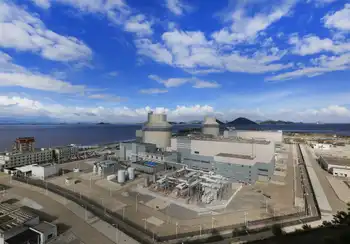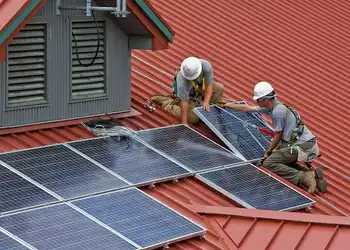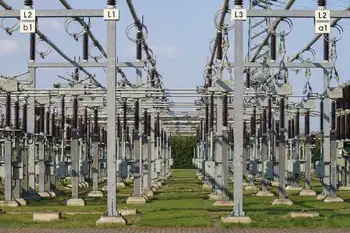Redford taking on Texas coal-fired power plants
By Salt Lake Tribune
Protective Relay Training - Basic
Our customized live online or in‑person group training can be delivered to your staff at your location.

- Live Online
- 12 hours Instructor-led
- Group Training Available
Robert Redford, the actor, movie director and longtime environmentalist, narrates "Fighting Goliath: Texas Coal Wars," a documentary chronicling the efforts of a group of Texas mayors and citizens to block construction of coal-fired plants. The film will have its premiere tonight at a Waco theater hosted by the Redford Center at Sundance Preserve.
"There are no easy answers, no clear solutions," Redford, 70, says in the 30-minute film. "There is only what each of us is willing to do."
Texas is the nation's biggest consumer and producer of electricity, according to the U.S. Energy Department. Peak demand surged 57 percent from 1991 to 2007. Companies favor coal plants because they are cheaper to build than nuclear reactors and less expensive to run than gas-fueled generators. Coal plants emit double the amount of carbon dioxide, linked to global warming, compared with those fired by gas, according to the U.S. Environmental Protection Agency.
"Fighting Goliath," which cost $60,000 to make, features the opponents of 11 coal units planned by TXU Corp., now Energy Future Holdings Corp., the largest power producer in Texas. While eight of those generators were scrapped, Energy Future is moving ahead with three, and others including NRG Energy Inc. are planning at least five more.
"We have all our retirement in our land," Robert Cervenka, a 77-year-old rancher near Waco who appears in the film, said in an interview. "I can sell off a piece of it, but I damn sure can't do it with a coal plant next door."
Although TXU proposals for a generator plant near Cervenka's property were canceled, Dynegy Inc. and LS Power Group are proposing to build a coal unit near his ranch.
TXU, taken private last year by the investment groups Kohlberg Kravis Roberts & Co. of New York and TPG Inc. of Fort Worth, announced its coal expansion in 2006. Environmentalists forced the plan to be scaled back in exchange for their support of the $45 billion acquisition.
Some Texas environmentalists who fought nuclear power 30 years ago are now supporting it as a cleaner alternative to coal. Texas may become the nation's biggest builder of nuclear plants over the next decade. Eight reactors are proposed by Energy Future, NRG, Exelon Corp. and a new company in Amarillo.
"Fighting Goliath" tracks the band of opposition allies, including the mayors of Dallas, Houston and Arlington, Texas, and David Litman, a founder of hotels.com who helped organize a group called Texas Business for Clean Air. The coalition also is supported by Garrett Boone, a founder of The Container Store, and real-estate scion Trammell S. Crow.
The film's goal is to show the groups that have gotten involved and how they've changed public opinion, said Jill Tidman, an executive producer.
Laura Miller, a former Dallas mayor who's featured in the film, helped create the Texas Clean Air Cities Coalition, a group of 36 municipalities and related entities. Miller said the most important work she did while mayor was get involved in the fight.
"It was just such a wake-up call for me, largely because of the number of plants that were proposed at one time, which was pretty audacious," she said.
About 19 coal-fired generators were being planned for Texas in 2006, Tom "Smitty" Smith says in the documentary. Smith is the director of the Texas office of Public Citizen, a consumer group founded by Ralph Nader.
Thad Hill, president of NRG Texas, said the state needs a limited number of new coal plants.
"Our state's demand is continuing to grow, and there are no other viable baseload technologies that do not further our dependence on natural gas, which is volatile, expensive and is going to come more and more from foreign sources," Hill said in a statement.
Electricity prices will rise if the state ignores coal and focuses on nuclear and gas to power new plants, said Gregory Phelps, who oversees about $5 billion in assets at MFC Global Investment Management in Boston.
"I guess it's a good thing to protect the environment, but why don't you look at the economic reality of doing so?" Phelps said.
Miller said she wants to find solutions, including gasification, which uses gas derived from coal, and capturing carbon dioxide.
"The real answer is to raise the bar technologically speaking so that these plants become obsolete, and the way to do that is to help build the new-age plants," Miller said.











